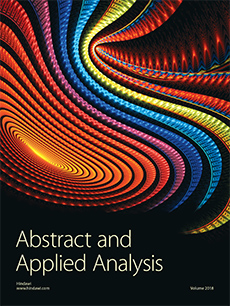Abstract
An important phenomenon in supply chain management which is known as the bullwhip effect suggests that demand variability increases as one moves up a supply chain. This paper contrasts the bullwhip effect for a two-stage supply chain consisting of one supplier and two retailers under three forecasting methods based on the market share. We can quantify the correlation coefficient between the two retailers clearly, in consideration of market share. The two retailers both employ the order-up-to inventory policy for replenishments. The bullwhip effect is measured, respectively, under the minimum mean squared error (MMSE), moving average (MA), and exponential smoothing (ES) forecasting methods. The effect of autoregressive coefficient, lead time, and the market share on a bullwhip effect measure is investigated by using algebraic analysis and numerical simulation. And the comparison of the bullwhip effect under three forecasting methods is conducted. The conclusion suggests that different forecasting methods and various parameters lead to different bullwhip effects. Hence, the corresponding forecasting method should be chosen by the managers under different parameters in practice.
Citation
Junhai Ma. Binshuo Bao. Xiaogang Ma. "Inherent Complexity Research on the Bullwhip Effect in Supply Chains with Two Retailers: The Impact of Three Forecasting Methods Considering Market Share." Abstr. Appl. Anal. 2014 1 - 13, 2014. https://doi.org/10.1155/2014/306907





